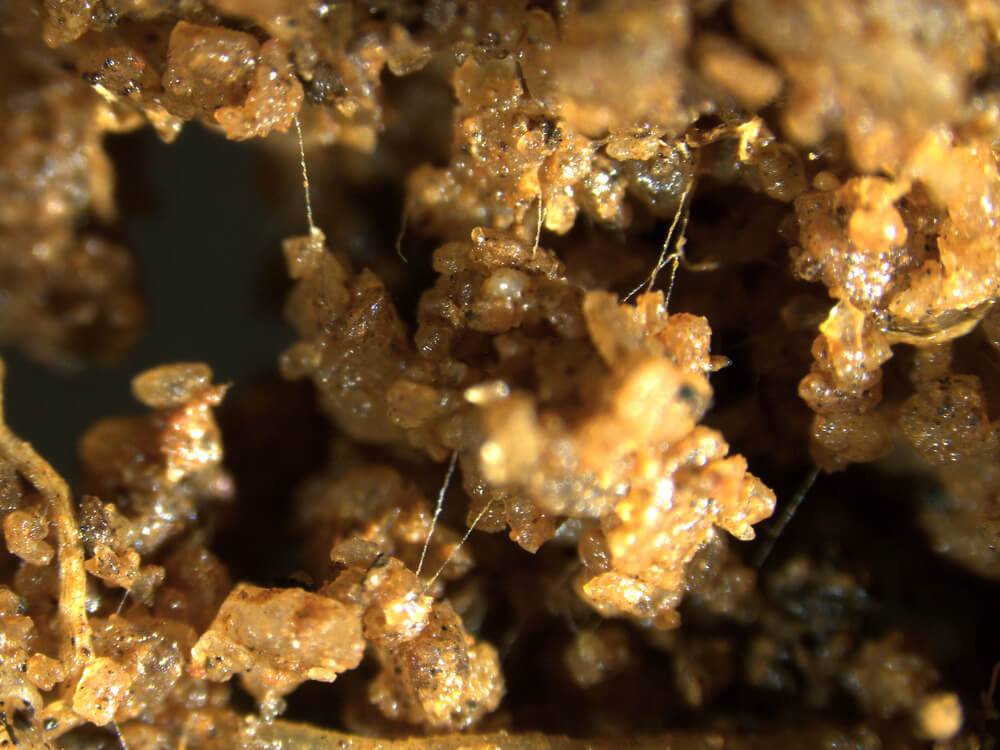- 5,522
- 172
“Quorum Sensing” specific to soil health,is a fascinating concept! I could never explain it as well as Phd. Christine Jones does, so I’ll leave it to her.
“Once the diversity of plants and hence the diversity of functional groups of soil microbes reaches a certain threshold – or quorum – everything changes. The microbial community begins to function as a coordinated ‘super-organism’ and can perform tasks that individual microbes cannot achieve alone”

 greencoverseed.com
greencoverseed.com
“Once the diversity of plants and hence the diversity of functional groups of soil microbes reaches a certain threshold – or quorum – everything changes. The microbial community begins to function as a coordinated ‘super-organism’ and can perform tasks that individual microbes cannot achieve alone”

Quorum Sensing in the Soil Microbiome » Green Cover
...In the microbial world, the term quorum sensing (QS) refers to density dependent coordinated behavior that regulates gene expression in the...



